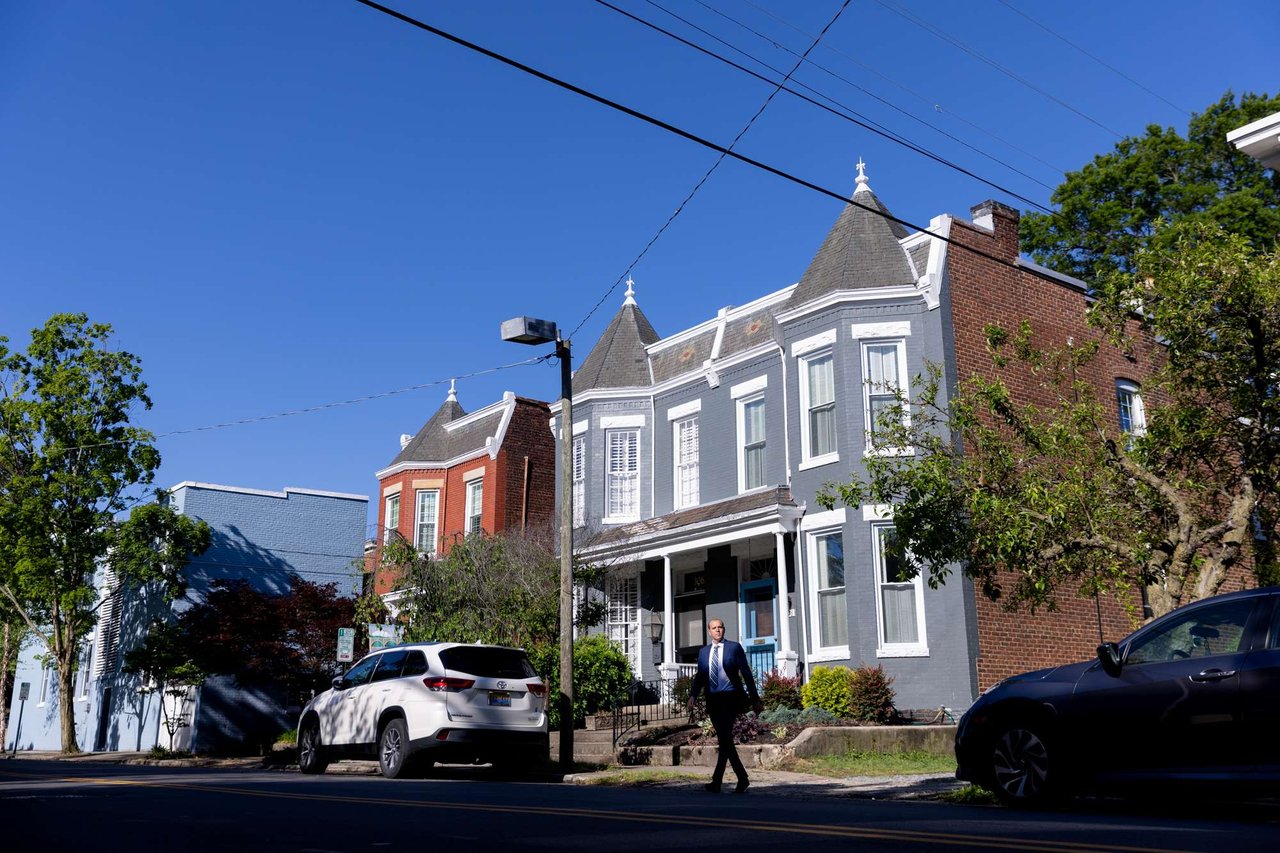Owning a home in Richmond’s Fan District is an opportunity to live in one of the city's most charming and historic neighborhoods, but it also comes with unique maintenance challenges. As someone who owns a historic home in the Fan, I've experienced many of these firsthand. Here are some key things to look out for when buying or maintaining a historic property in the area:
1. Cast Iron Sewer Pipes
The Fan is filled with older homes, many of which still have their original cast iron sewer pipes. Over time, these pipes can corrode and become problematic. The city used to have funds allocated to repair these aging pipes, but unfortunately, that’s no longer the case. Replacing a corroded sewer line is a significant expense that should always be a consideration.
2. Lime Mortar and Brick Repointing
The beautiful brick exteriors of Fan homes often use a lime-based mortar, which is much softer than modern mortar mixes. If repointing (the process of repairing the mortar between bricks) isn’t done with the correct materials, it can cause serious damage. I've heard horror stories of bricks literally popping out because the wrong mortar was used, compromising the integrity of the structure. Make sure any brickwork is handled by a professional with experience in historic homes.
3. Termites and Wood Damage
Termites and other wood-destroying insects are a common issue in historic homes, given their age. Most Fan homes have dealt with some form of insect-related wood damage over the years. While regular pest inspections and treatments are essential, ensure any previous damage has been properly mitigated to avoid ongoing issues.
4. Plaster Walls
Unlike modern homes with drywall, many historic homes in the Fan have original plaster walls, which require different maintenance and repair techniques. Plaster is more durable than drywall but can crack over time. Repairs can be more labor-intensive and need to be done by someone familiar with this traditional material.
These are just a few of the challenges I’ve faced as a Fan District homeowner, but they come with the territory when you own a piece of Richmond’s history. If you’re interested in learning more about the unique aspects of maintaining a historic home or are looking for advice on buying one, feel free to follow me, Gary, for more insights on Richmond’s historic properties.




